The Tail Telegraph: When That Swish Isn’t Sweet
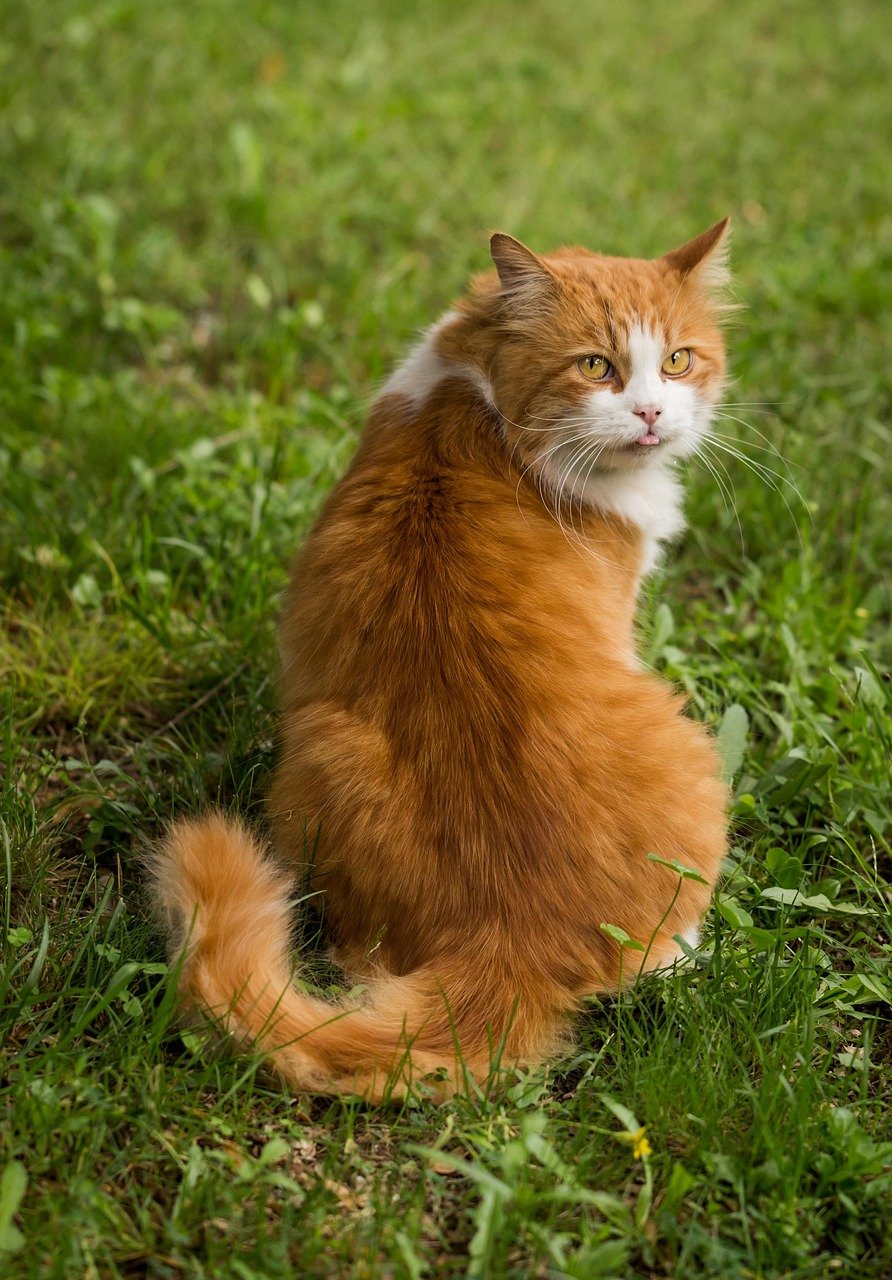
You might think that wagging tail means your cat’s excited to see you, but hold on a second. Unlike dogs, cats use their tails like emotional thermometers, and a fast, aggressive swish usually signals annoyance or overstimulation. Watch for the telltale thump against the floor or furniture – that’s your cat’s way of saying “back off, human.” A truly content cat’s tail moves slowly and deliberately, almost like they’re conducting an invisible orchestra. Next time you see that rapid-fire tail action, give your feline some space instead of reaching for another pet.
Airplane Ears: The Silent Scream
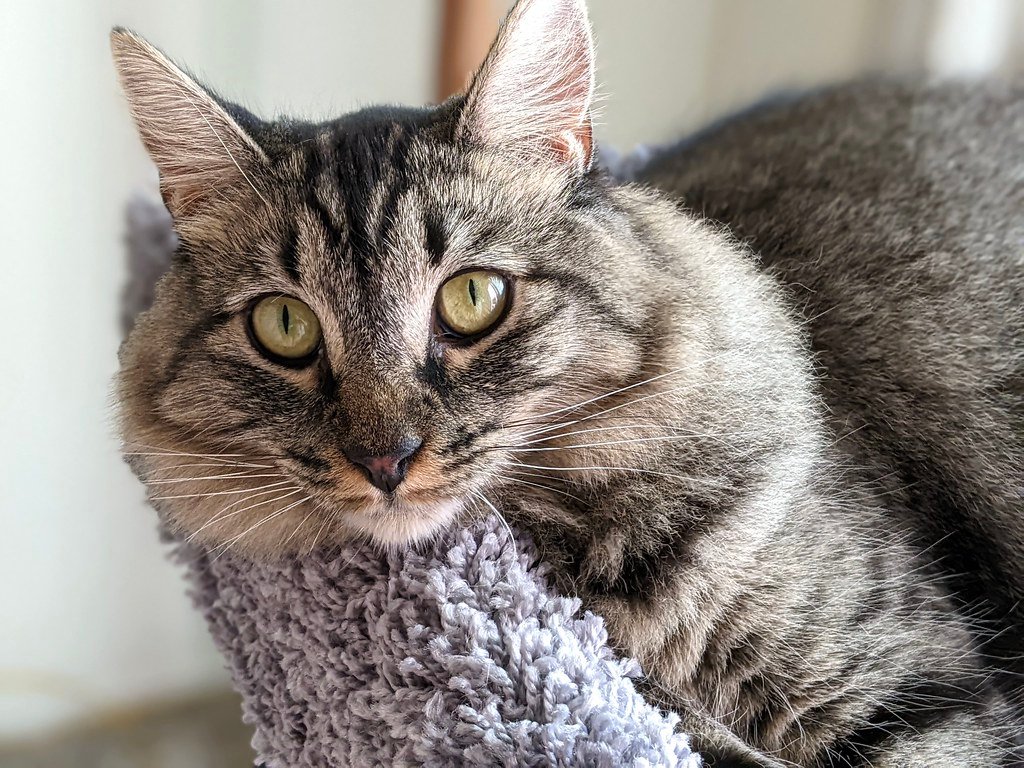
When your cat’s ears flatten against their head like they’re preparing for takeoff, they’re definitely not happy campers. This defensive posture is one of the clearest warning signs that your kitty feels threatened, scared, or deeply irritated. Think of it like a person hunching their shoulders when they’re uncomfortable – it’s pure body language. Healthy, relaxed cats keep their ears upright and mobile, constantly rotating like tiny satellite dishes picking up sounds. If those ears stay glued down for extended periods, something in their environment is seriously stressing them out.
The Phantom Purr: Not All Vibrations Are Joy
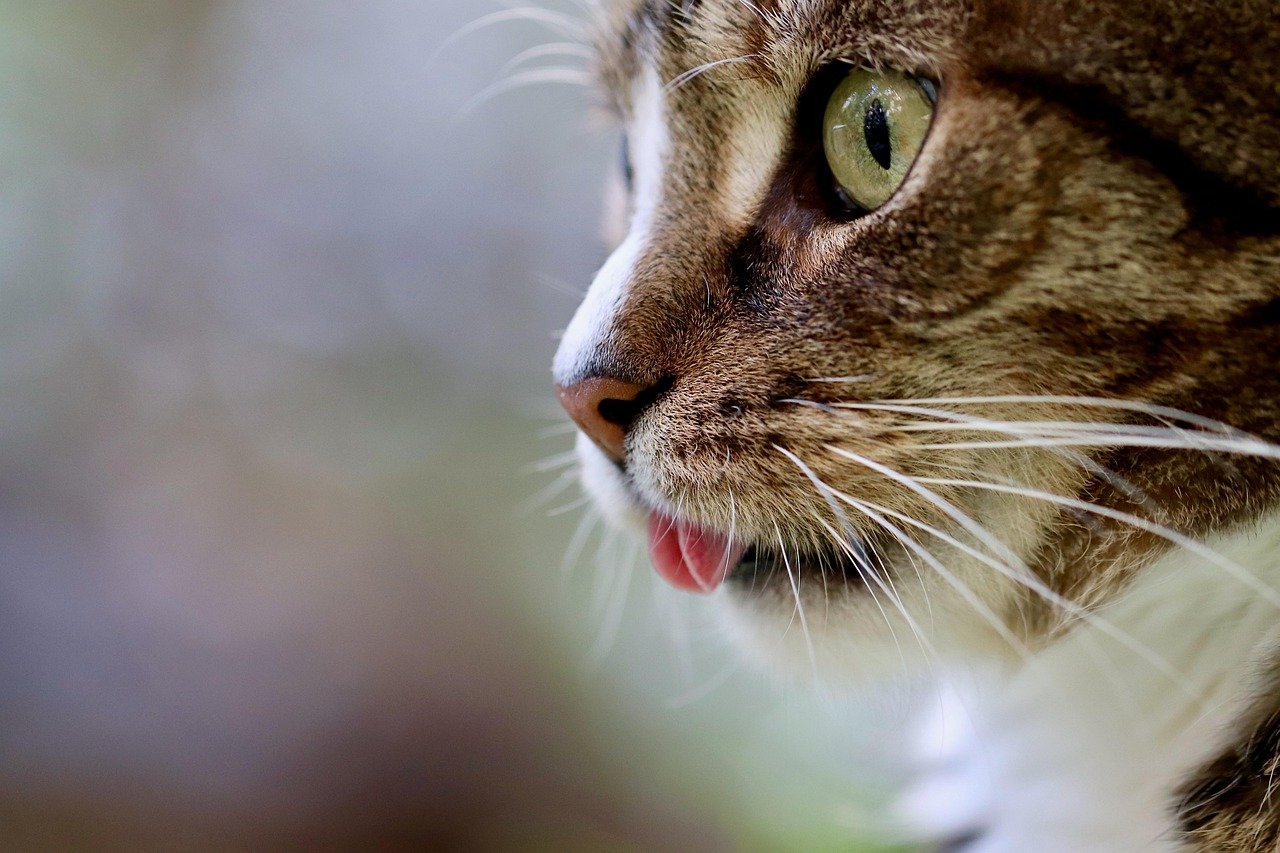
Here’s a shocker that’ll blow your mind: cats don’t just purr when they’re happy. These mysterious creatures also purr when they’re in pain, anxious, or trying to self-soothe during stressful situations. It’s like their internal comfort blanket, similar to how humans might hum or rock back and forth when nervous. Veterinarians often hear purring from cats who are clearly distressed during examinations. Pay attention to the context – is your cat purring while hiding under the bed or avoiding eye contact? That’s probably not the blissful sound you think it is.
Eyes Wide Shut: The Stare Down
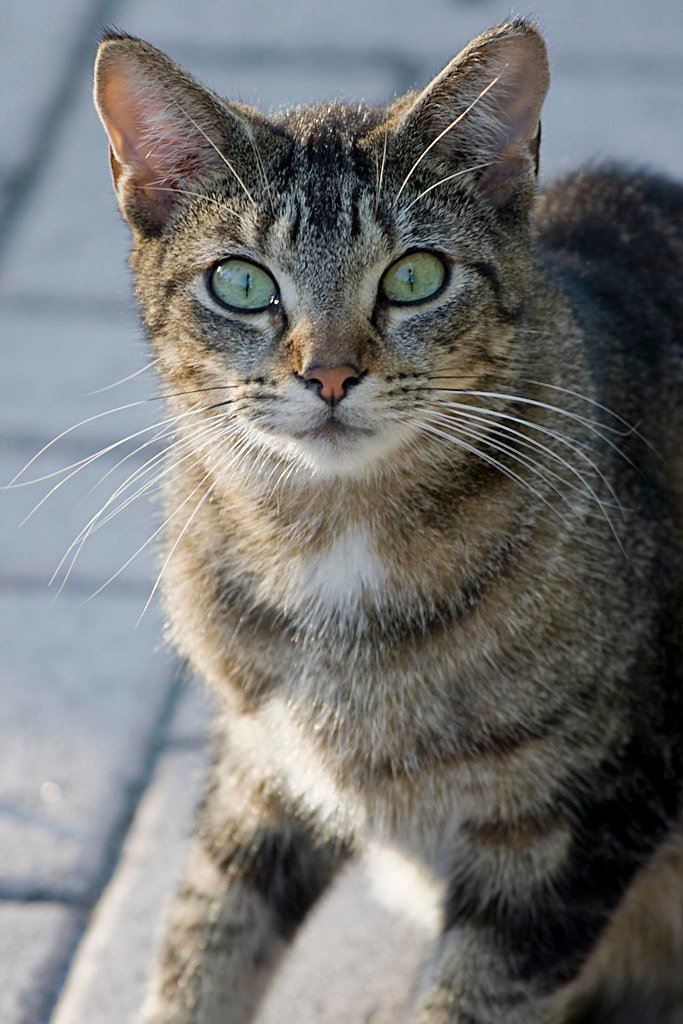
In the feline world, direct eye contact isn’t a sign of love – it’s actually considered quite rude and threatening. A happy cat will give you slow, deliberate blinks that cat behaviorists call “kitty kisses.” Meanwhile, a stressed or unhappy cat will either avoid eye contact completely or lock eyes in an intense stare that could cut glass. Think of it like the difference between a friendly wave and an aggressive glare from across the room. If your cat’s pupils are dilated while they’re staring, that’s an even bigger red flag that they’re feeling overwhelmed or defensive.
Hiding in Plain Sight: The Disappearing Act
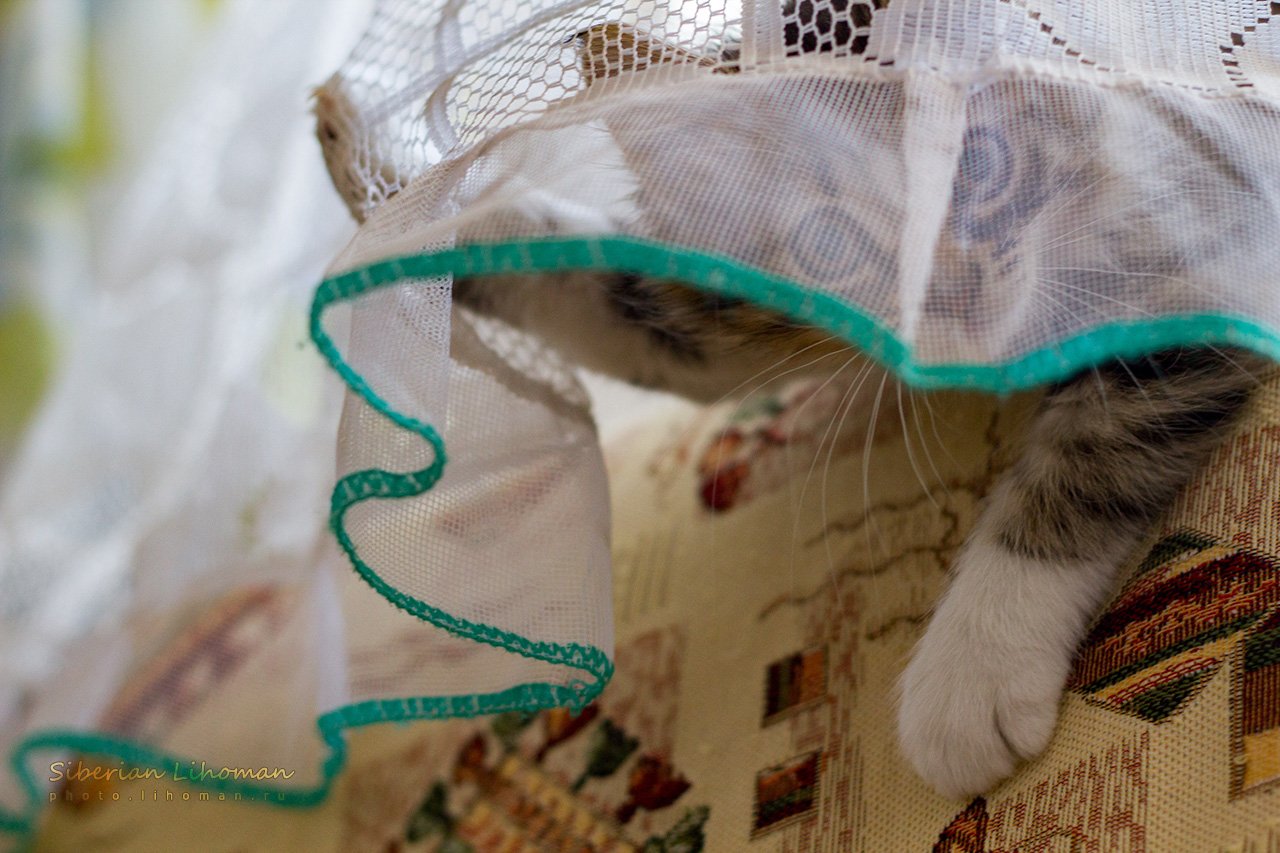
Cats are masters of the vanishing act, but when your social butterfly suddenly becomes a hermit, something’s definitely wrong. Happy cats maintain their regular routines and favorite hangout spots throughout the house. Stressed cats, however, will retreat to dark, quiet places like under beds, in closets, or behind furniture for hours at a time. It’s their way of creating a safe bubble when the world feels too overwhelming. If your usually outgoing cat starts spending most of their day in hiding spots, they’re basically putting up a “do not disturb” sign on their emotional door.
Appetite Mysteries: When Food Loses Its Magic
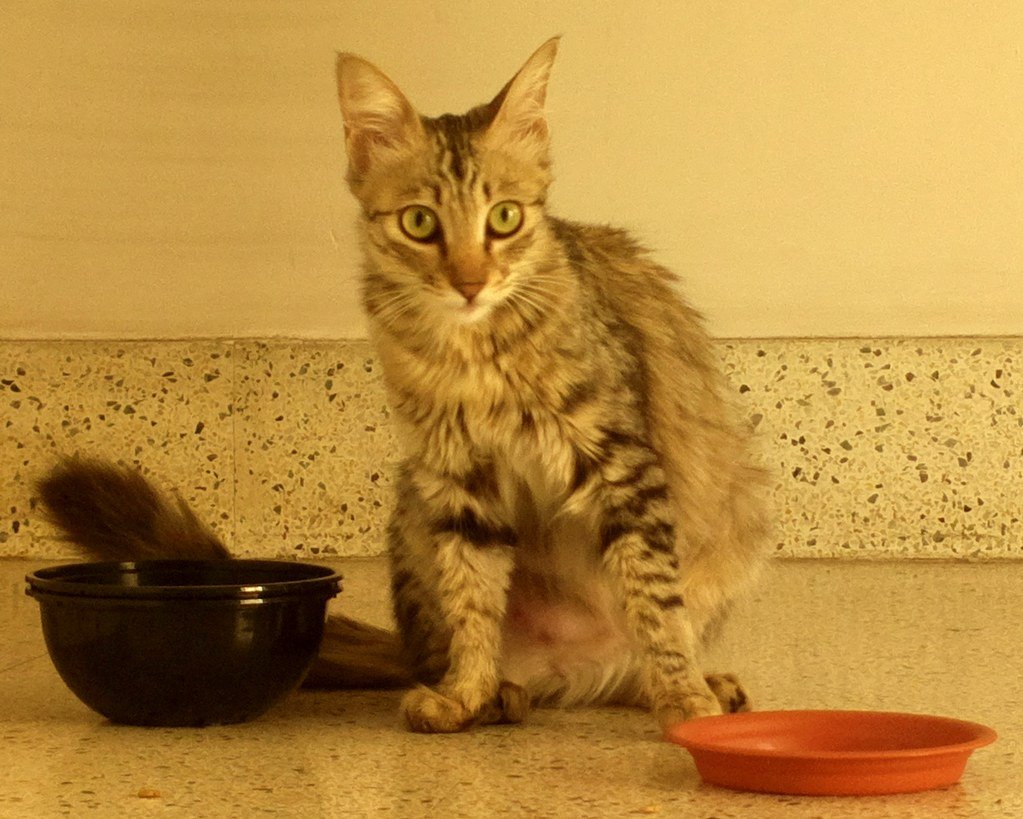
A cat who suddenly loses interest in their favorite treats or meals is waving a giant red flag that something’s amiss. Food is usually the universal language of happiness for most cats – they live for those meal times and treat moments. When stress, illness, or unhappiness creeps in, appetite often disappears first, like a canary in a coal mine. Some cats might also do the opposite and stress-eat, but both behaviors signal emotional distress. Think about how your own eating habits change when you’re upset – cats experience similar responses to their emotional states.
Bathroom Blues: Litter Box Rebellion
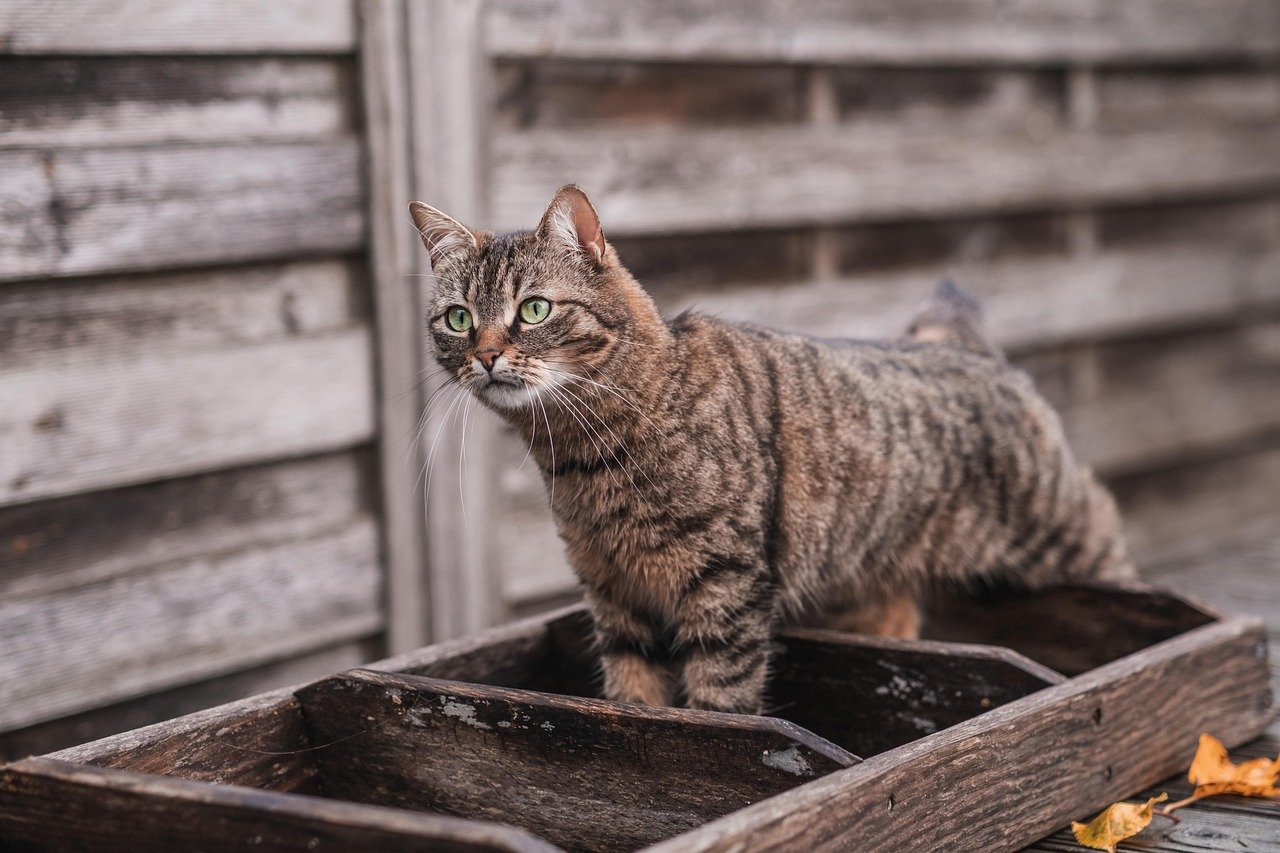
When a perfectly house-trained cat starts having “accidents” outside their litter box, they’re not being spiteful – they’re communicating distress. This behavior often indicates anxiety, territorial disputes, or physical discomfort that’s making the litter box feel unsafe or unpleasant. It’s like their version of a protest sign, telling you something in their environment needs immediate attention. Medical issues should always be ruled out first, but once those are cleared, the problem usually points to emotional stress or environmental changes that have disrupted their sense of security.
Grooming Gone Wrong: The Stress Lick
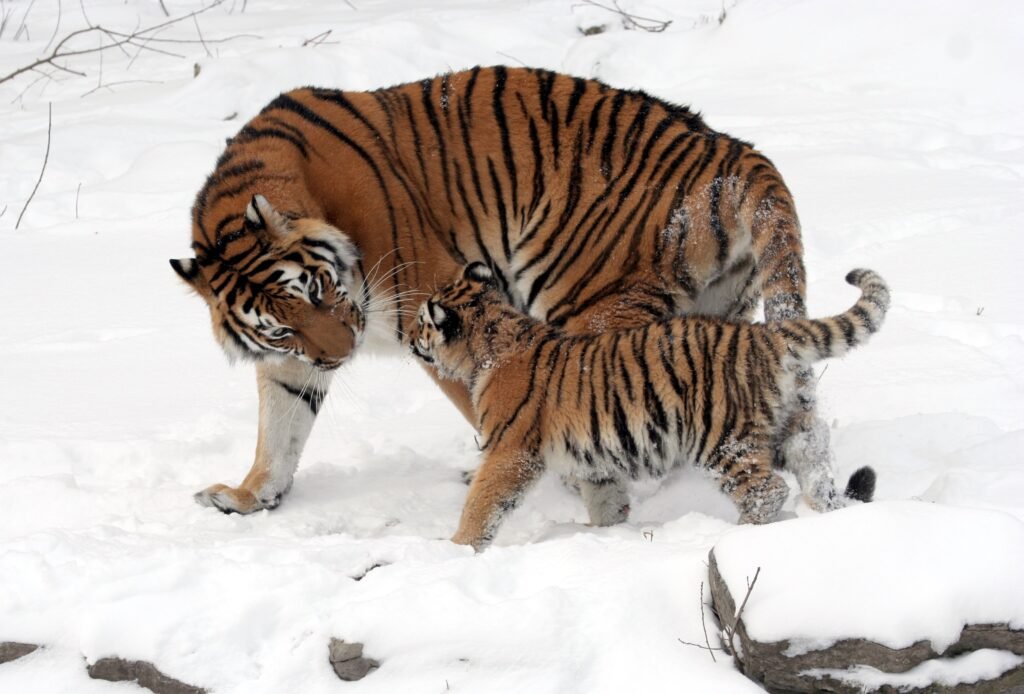
Cats are naturally meticulous groomers, but excessive licking or grooming can signal serious emotional distress. You might notice bald patches, red irritated skin, or your cat obsessively licking the same spot for extended periods. It’s similar to how humans might bite their nails or fidget when anxious – cats turn to grooming as a coping mechanism. On the flip side, a completely disheveled cat who’s stopped grooming altogether is also sending distress signals. Both extremes indicate that your feline friend is struggling to manage their emotional state through normal behaviors.
Vocal Confusion: When Meows Mean More
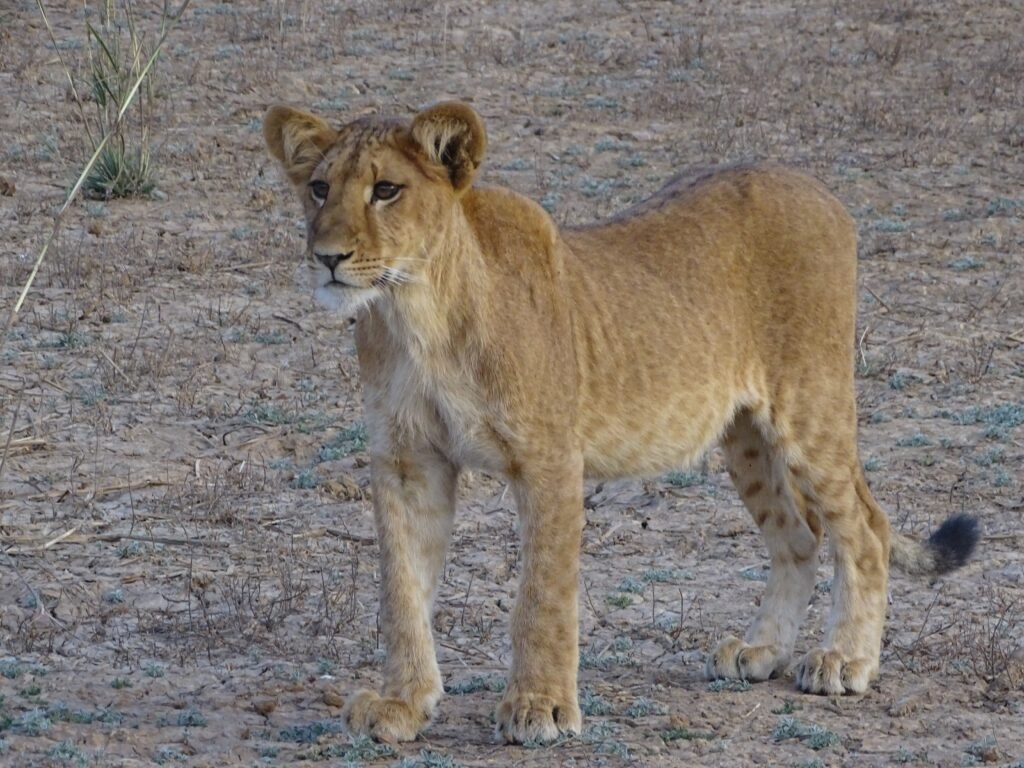
Changes in your cat’s vocal patterns can reveal volumes about their emotional state that you might be missing. A normally quiet cat who suddenly becomes extremely vocal might be expressing anxiety, pain, or frustration. Conversely, a chatty cat who goes silent could be withdrawing due to stress or illness. Pay attention to the tone and frequency – harsh, guttural sounds or constant yowling usually indicate distress rather than contentment. Some cats even develop new vocalizations when they’re trying to communicate that something’s wrong, like a person changing their voice when they’re upset.
Touch and Go: The Petting Paradox

One minute your cat’s purring under your gentle strokes, the next they’re swatting at your hand like you’ve committed a crime. This confusing behavior, called “petting aggression,” happens when cats become overstimulated and can’t handle any more physical contact. It’s not that they don’t love you – they’re just overwhelmed by sensation, similar to how some people can’t handle being tickled for too long. Watch for subtle warning signs like skin rippling, tail twitching, or ears rotating backward before the inevitable swat. A truly content cat will either move away politely or continue enjoying the attention without these stress signals.
Understanding these hidden signals transforms you from a cat owner into a cat whisperer, able to read the subtle emotional language your feline friend speaks every day. The next time you catch yourself thinking your cat looks perfectly content, take a closer look at these telling signs. Are you really seeing happiness, or have you been missing the quiet cries for help all along?
Hi, I’m Bola, a passionate writer and creative strategist with a knack for crafting compelling content that educates, inspires, and connects. Over the years, I’ve honed my skills across various writing fields, including content creation, copywriting, online course development, and video scriptwriting.
When I’m not at my desk, you’ll find me exploring new ideas, reading books, or brainstorming creative ways to solve challenges. I believe that words have the power to transform, and I’m here to help you leverage that power for success.
Thanks for stopping by, Keep coming to this website to checkout new articles form me. You’d always love it!






